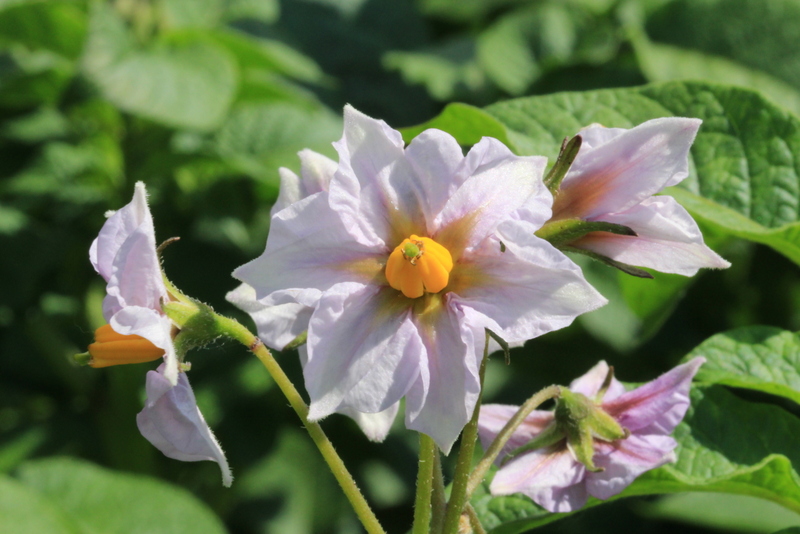Blightline June 1
June 1, 2016
Welcome to the first NDSU Potato Blightline for 2016 sponsored by Syngenta Crop Protection. We are up and running for the 22nd consecutive year of operation. The Blightline includes disease forecasting and control recommendations for late blight and early blight, and other potato disease and insect information on a local and national basis. The Blightline is updated weekly or more often if late blight is present, through mid-September. Information and recommendations are available anytime through the toll free number 1.888.482.7286 and the NDSU Potato Late Blightline at www.ndawn.ndsu.nodak.edu. On the website, click on applications, select potato, and choose late blight. There is also a link there to the NDSU Plant Pathology Late Blight website at this site.
The NDAWN website for potato disease forecasting uses both tabular data and colored maps of ND and western MN to quickly illustrate the late blight severity values (both two day and seasonal)and favorable day values, and P-day values for early blight throughout ND.
Current recommendations:
As you all know, potato planting and emergence are ahead of normal and off to a good start. Most of the potato acreage is planted, and much of it is already emerge. The recent wet weather will favor late blight from infected seed, and also favor both bacterial seed decay and Rhizoctonia stem canker of the emerging sprouts.
It is not too early to remind the potato community to prepare for late blight, and even though we did not have late blight in our area the past three years, infected seed could from other areas could act as a source of inoculum. The risk of late blight now is low, but continuing wet weather during the season will provide conditions favorable for late blight if inoculum is present. Severity values are beginning to acuclulate in northern and eastern ND due to the recent rains.
Preventing first sources of late blight is a critical part of late blight management. These sources of initial inoculum are culls, volunteers and seed. Infected seed can be anearly source of late blight inoculum, so it is important to scout fields for late blight early and all season.
Thank you for using the NDSU Blightline.
Blightline June 1, 2016 (pdf)
by Gary Secor





